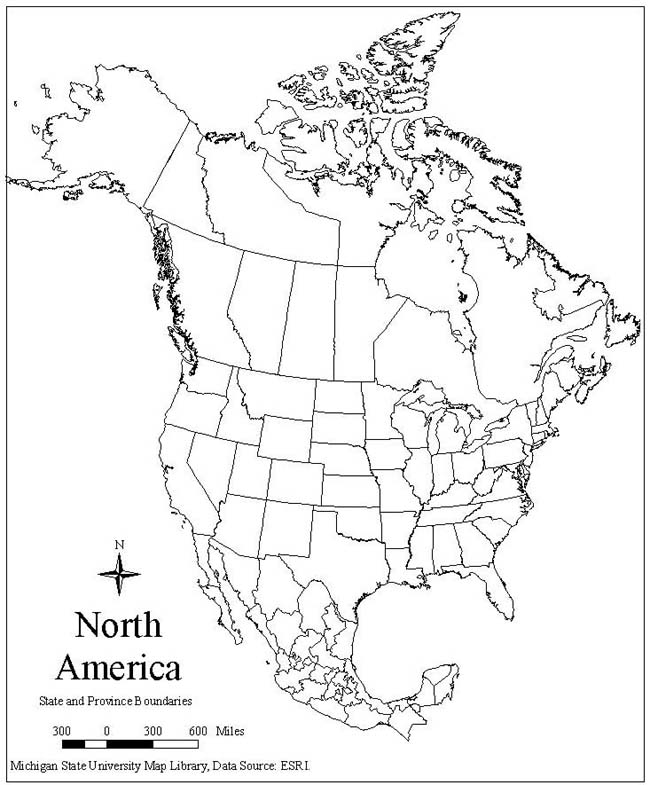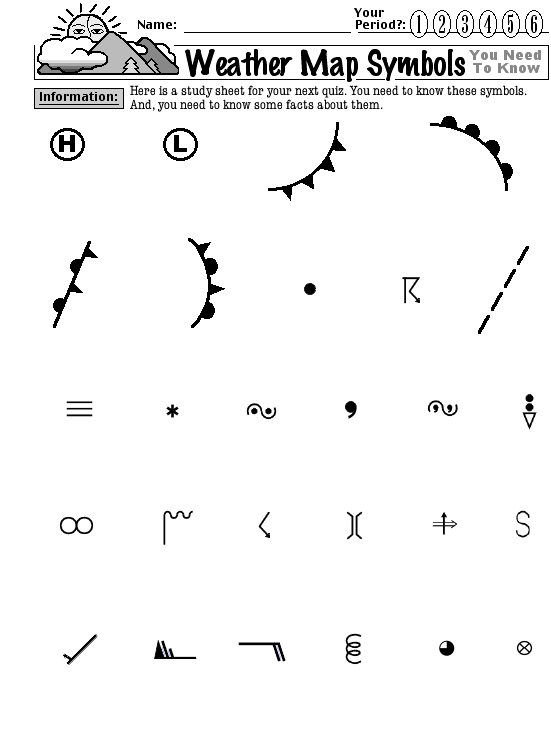Topographic Map Worksheets for Kids
If you're searching for educational and engaging worksheets to help your children learn about topographic maps, you're in the right place! Our collection of topographic map worksheets is designed specifically for kids, providing an excellent introduction to this fascinating subject.
Table of Images 👆
More Other Worksheets
Kindergarten Worksheet My RoomSpanish Verb Worksheets
Cooking Vocabulary Worksheet
DNA Code Worksheet
Meiosis Worksheet Answer Key
Art Handouts and Worksheets
7 Elements of Art Worksheets
All Amendment Worksheet
Symmetry Art Worksheets
Daily Meal Planning Worksheet
What is a topographic map?
A topographic map is a detailed and accurate representation of the natural and man-made features of the land, typically showing elevation levels through the use of contour lines. These maps provide information on the shape, features, and terrain of a specific area, making them valuable tools for hikers, geologists, urban planners, and other professionals who need to study or navigate the landscape.
What do contour lines on a topographic map represent?
Contour lines on a topographic map represent points of equal elevation above sea level, showing the shape and steepness of the terrain. By connecting points of the same elevation, contour lines help visualize the landscape's relief, including hills, valleys, and slopes, aiding in navigation and understanding the geography of an area.
How does the spacing between contour lines indicate the steepness of a slope?
The spacing between contour lines on a topographic map represents the elevation change between each line. Closer contour lines indicate a steeper slope, while wider spacing shows a gentler slope. If the contour lines are closely packed together, the terrain is steep, whereas if they are spaced farther apart, the slope is more gradual. By analyzing the spacing between contour lines, you can determine the steepness of a slope.
What are some common symbols or icons used on topographic maps?
Common symbols and icons found on topographic maps include contour lines to represent elevation changes, spot elevations for specific points, a scale bar to show distances, a legend for interpreting symbols, a north arrow for orientation, water bodies represented by blue colors, roads indicated by various lines, and symbols for different types of vegetation, buildings, and structures.
How can kids use topographic maps to locate features such as rivers, mountains, or forests?
Kids can use topographic maps by looking for contour lines that represent changes in elevation. Rivers are typically shown as blue lines, while mountains are indicated by closely spaced contour lines. Forests may be depicted by the type of vegetation symbols shown on the map. By understanding how to read these key elements on a topographic map, kids can easily locate features such as rivers, mountains, and forests to explore and learn more about the natural world around them.
What are some ways to measure the distance between different points on a topographic map?
To measure the distance between different points on a topographic map, you can use a ruler or grid overlay to measure the distance in map units or scale miles. Alternatively, you can use a compass to measure the direction and distance between two points by aligning the compass edge from one point to another. Another method is to use a measuring wheel or tape measure on the actual ground to determine the distance between the points referenced on the map.
How can elevation be determined using a topographic map?
Elevation can be determined using a topographic map by noting the contour lines on the map. Contour lines connect points of the same elevation, so by following these lines and noting the interval between them, one can calculate the elevation of a specific point on the map. The closer together the contour lines are, the steeper the elevation change, whereas further apart lines signify a gradual slope. To determine the exact elevation of a point, one can find the contour line nearest to the point and then interpolate the elevation based on the contour interval specified on the map.
What are some important tools or instruments used when working with topographic maps?
Some important tools used when working with topographic maps include a compass for determining direction, a protractor for measuring angles and bearings, a ruler for measuring distances, a clinometer for measuring slopes, and a GPS device for accurately locating specific points on the map. Topographic maps may also be used in conjunction with aerial photographs or satellite imagery to enhance visualization and analysis.
How can kids use topographic maps for outdoor activities such as hiking or camping?
Kids can use topographic maps for outdoor activities like hiking or camping by learning how to read elevation contours to determine the terrain's steepness, finding water sources or potential obstacles, and identifying key landmarks like peaks or valleys. Understanding the map's scale and legend can help them estimate distances and plan their route effectively. Topographic maps also provide information on vegetation, trails, and campsites, allowing kids to navigate confidently and stay safe during their outdoor adventures.
What are some basic map-reading skills that kids can learn through using topographic map worksheets?
Using topographic map worksheets, kids can learn basic map-reading skills such as understanding contour lines to visualize elevation changes, interpreting symbols and colors to identify landmarks and features, reading scale to determine distances, learning how to orient a map using a compass, and practicing grid coordinate plotting for navigation. By engaging with topographic maps through worksheets, children can develop spatial awareness and critical thinking skills essential for map reading and navigation.
Have something to share?
Who is Worksheeto?
At Worksheeto, we are committed to delivering an extensive and varied portfolio of superior quality worksheets, designed to address the educational demands of students, educators, and parents.




















Comments